10 Best Companion Plants For Celery & What To Avoid!
Have you been trying to plant companion plants for celery but it’s just not working out? Unfortunately, some plants may not be suitable when they are planted together and may cause ill effects on each other.
Companion planting means interplanting two types of plants together to benefit one of the plants or both plants.
There have been a lot of misconceptions about companion planting over the years.
One common misconception is that companion planting does not repel pests and does not reduce the use of insecticides.
This study was done to assess the effect of companion planting as a tool to reduce the use of insecticide. It was shown that dill, coriander and buckwheat are useful plants in reducing insect and insect egg predators.
There is also another misconception on marigolds’ effect on reducing root knot nematodes. It does work, provided the right species of marigold is matched with your crop.
Some gardeners believe that nasturtiums do not act as natural pest repellent by being a trap crop plant. However, it’s still a question whether these plants can be a pest repellent as well as act as a trap crop. It can be both or neither.
A study was done on effective trap cropping strategy.
It was shown that in a review of 100 trap crop plants, only 10 trap crops were successful on a commercial scale. However, those 10 trap crops were supplemented with management practices that limit insect dispersal from the main crop.
Based on the evidence it is shown that there are a lot of benefits to companion planting. Some benefits of companion planting are:
- Provides nutrients to the soil by releasing nitrogen into the soil.
- Increase in pollination by attracting beneficial pollinators.
- Maximize the use of space
- Pest repellant
- Acts as a trap crop by attracting pests that can destroy the main plant.
- Provides shade
- Acts as ground cover to reduce weed growth.
Growing celery can be quite challenging as it has its particular needs.
What grows well with celery? Let me share with you what are the best companion plants for celery and what plants to be avoided as companion plants for celery.
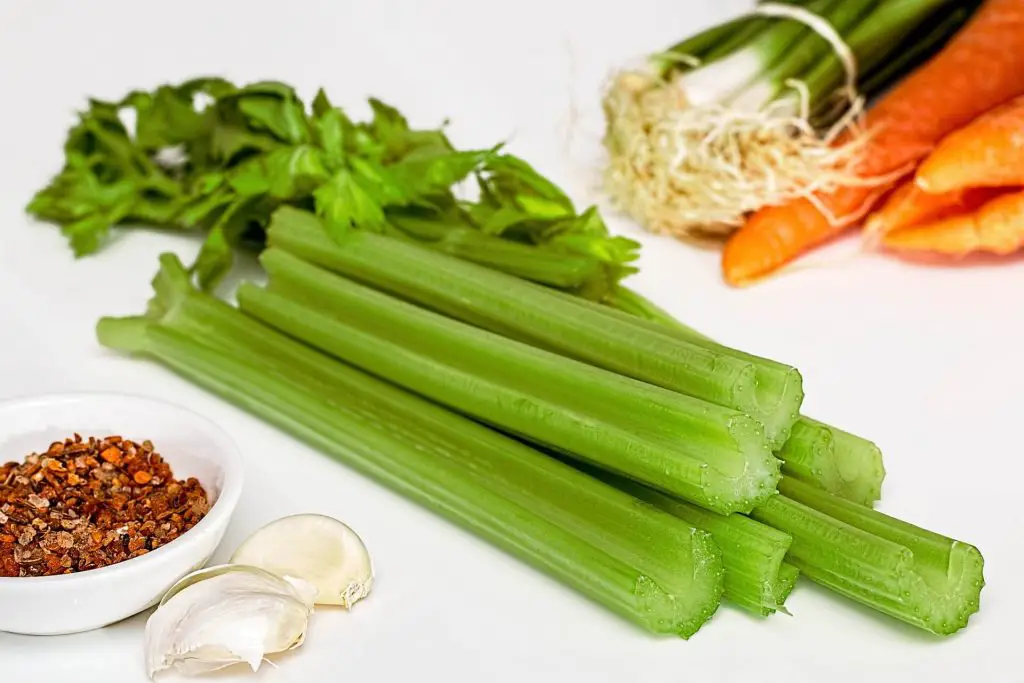
Here’s a list of best companion plant for celery:
1. Herbs
2. Alliums
3. Legumes
4. Brassicas
5. Spinach
6. Marigolds
7. Chamomile
8. Tomatoes
9. Nasturtium
10. Geranium
Affiliate Link Disclosure
Some of the links on here are affiliate links and I may earn if you click on them, AT NO EXTRA cost to you. I hope you find the information here useful! Thank you!
Related Posts
- 7 Best Vegetable Gardening Books For Beginners In 2022!
- Best Vegetables To Grow In Raised Beds: 11 Delicious Crops!
- How Long Does It Take To Grow Potatoes [Harvest The RIGHT Way]
What Are The Best Companion Plants For Celery?
Celery is a type of vegetable from the Apiaceae family and has a lot of nutritious benefits. Celery stalks and leaves are edible and can be used in cooking as well. It has a rich antioxidant property and is highly recommended for those who are on a diet!
Companion planting for celery brings a lot of benefits such as repelling pests, increasing yield, and maintaining the soil nutrient.
Companion planting means you interplant another type of plant together with celery. However, you should always keep in mind that not all plants bring benefits to celery.
What grows well with celery? Here are a few examples of the best celery companion plants.
1. Herbs
Celery is prone to pest infestation such as Italian striped bugs, celery flies, and aphids.
The strong scent of herbs repels insects and pests making it a good companion plant for celery. Flowering aromatic herbs attract pollinators which helps to increase the yield of celery.
Some herb plants like oregano provide a cover for the soil, protecting it from sunlight and maintaining a cool temperature for the celery plant.
You can also use herbs as your daily cooking ingredient.
Here are a few examples of celery companion herbs:
- Basil
- Dill
- Oregano
- Mint
- Rosemary
- Thyme
2. Alliums
Alliums have antibacterial and antifungal properties making them a good celery companion planting. The sulfur released by the alliums makes the companion plant resistant to fungal infections such as powdery mildew.
Alliums also help to keep celery plants away from harmful pests using their strong scent.
In addition to that, alliums also make celery sweeter when grown together.
Alliums that grow well as a companion plant for celery are:
- Garlic
- Onion
- Leeks
- Chives
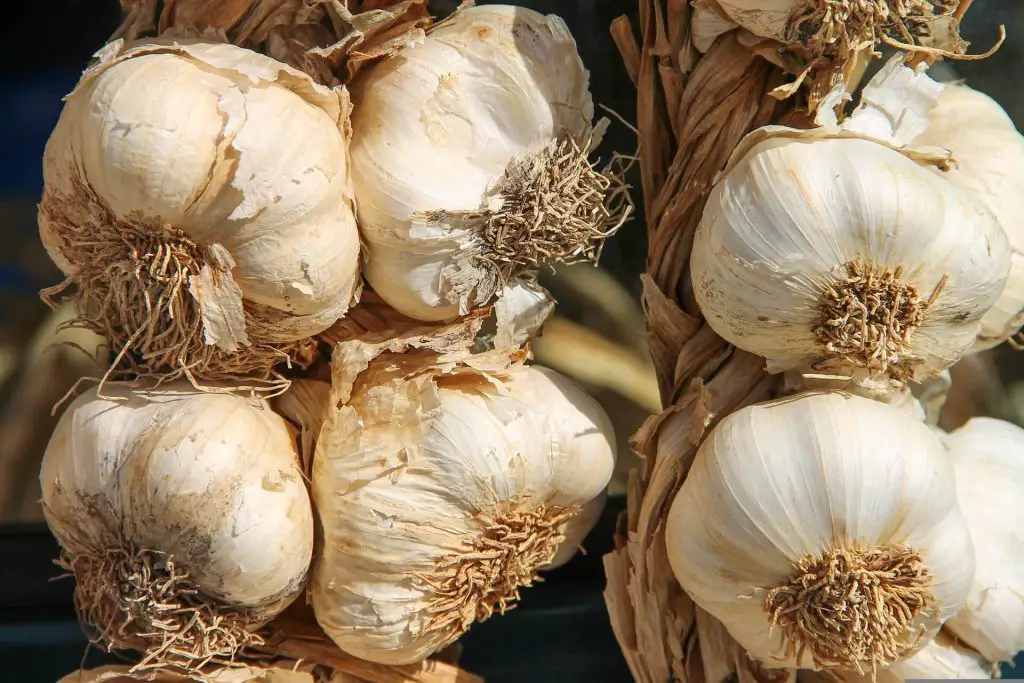
3. Legumes
Celery plants need a high amount of nitrogen in the soil for optimal growth. Legumes are good nitrogen fixators. They trap nitrogen in the soil which makes them a good companion plant for celery.
Celery also provides benefits to legumes and repels whiteflies which are a harmful pest to legumes.
Therefore both these plants benefit from each other when planted together.
Consider planting these legumes alongside your celery plant:
- Green beans
- Pole beans
- Peas
- Bush beans
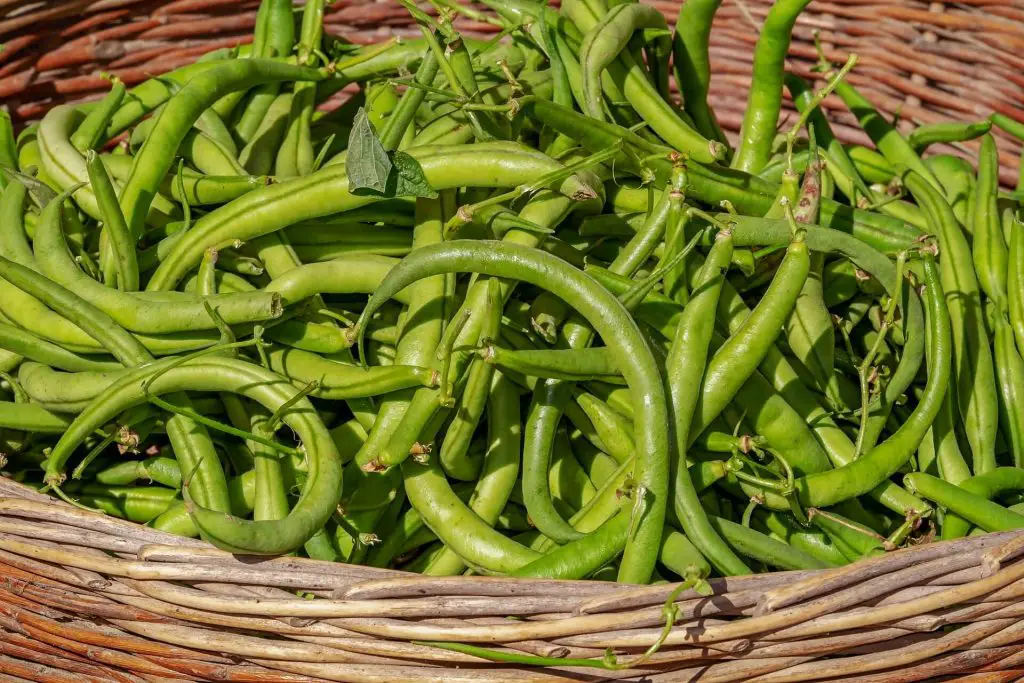
4. Brassicas
Celery and brassicas are one of the best choices as companion plants as they provide benefits to each other. The celery plant acts as a protector to the brassica vegetables.
Whiteflies attack brassicas and leave multiple holes on the leaves. Celery acts as a strong repellent against whiteflies.
Additionally, larger brassica plants provide shade to young celery shoots.
Some brassica plants that pair well with celery are:
- Cabbage
- Cauliflower
- Broccoli
- Radishes
- Kohlrabi
- Turnips
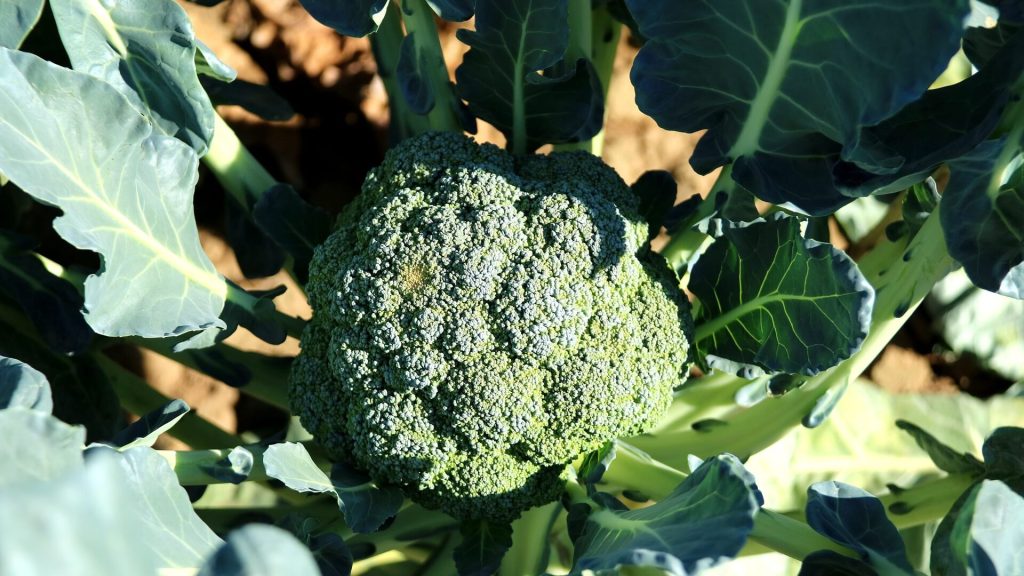
5. Spinach
Spinach helps to prevent the growth of weeds when planted densely around the celery plant.
Celery and spinach plants have the same water, nutrient, and soil requirements. Therefore it’s easy to maintain when planted together.

6. Marigolds
Marigolds act as a trap crop. They attract aphids and keep them away from celery plants.
The bright color of marigold flowers also attracts pollinators which is essential to increase the yield of celery.
7. Chamomile
Chamomile is a great companion plant due to its antibacterial and antifungal properties. Chamomile helps to prevent blight and fungal infection from the celery plant.
Chamomile tea is also used as a spray to be sprayed on seedlings to prevent damping off which is a fungal infection.
When planting chamomile with celery, make sure to plant 1 plant every 150 feet to control it from spreading.

8. Tomatoes
Tomato and celery have similar growing conditions, therefore they make good companion plants.
Tomato plants provide shade to celery which is perfect as celery prefers shade during the hot weather.

9. Nasturtium
Nasturtiums are bright-colored edible flowers. They are used as companion plants with various types of plants due to their pest repellant property.
Nasturtiums also act as ground cover and maintain soil moisture.
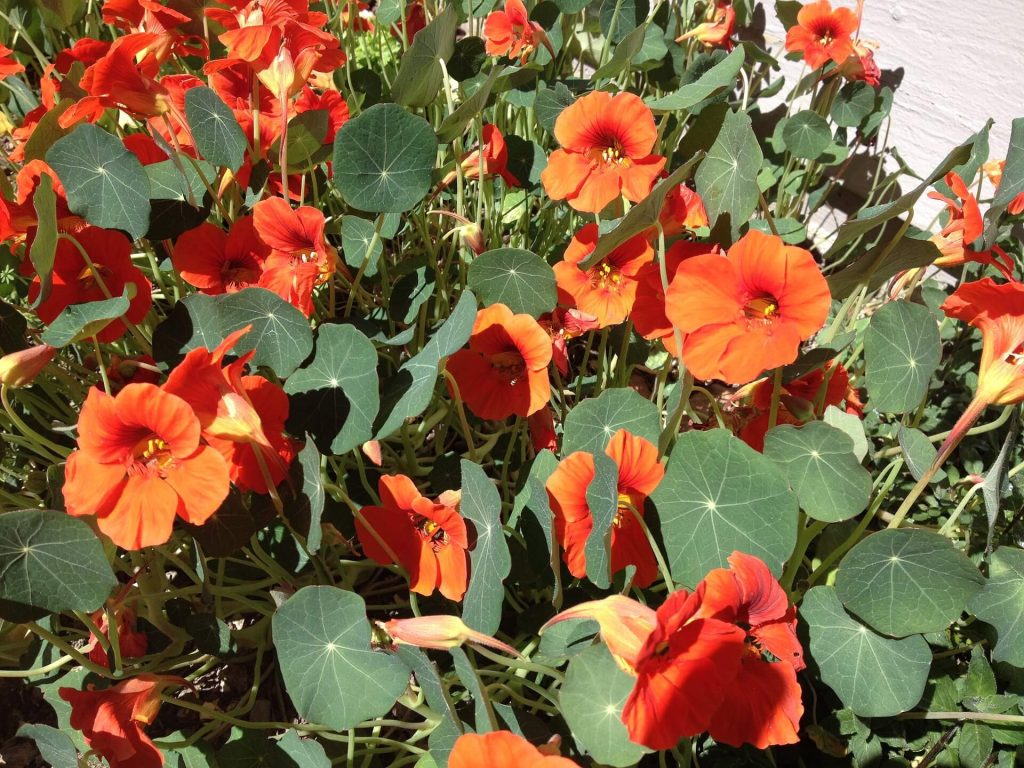
10. Geranium
Geraniums are easy to grow and have beautiful bright flowers and a good scent. Planting geranium in your garden also makes your garden look vibrant.
The strong scent emitted by geraniums repels slugs and flea beetles which are harmful pests to celery.
What Are Bad Companion Plants For Celery?
Although there are many good companion plants for celery, there are also a few plants that you should avoid planting near celery. So what can you not plant with celery?
1. Potato
Potatoes are a type of root vegetable. Harvesting potatoes may make you end up digging out the celery plant as well.
Potatoes also require high amounts of nutrients for growth. They may end up competing with celery for nutrients.

Pic credit: pixabay
2. Corn
Corn is also an example of a heavy feeder plant. This can prevent celery from getting the nutrients that they need.
Corn plants may also hinder celery from getting the proper amount of sunlight needed for its growth.
3. Carrots
Carrots may attract carrot flies which may harm the celery plant as well. Carrots have a long taproot. When harvesting the carrots you may cause damage to the root system of celery.
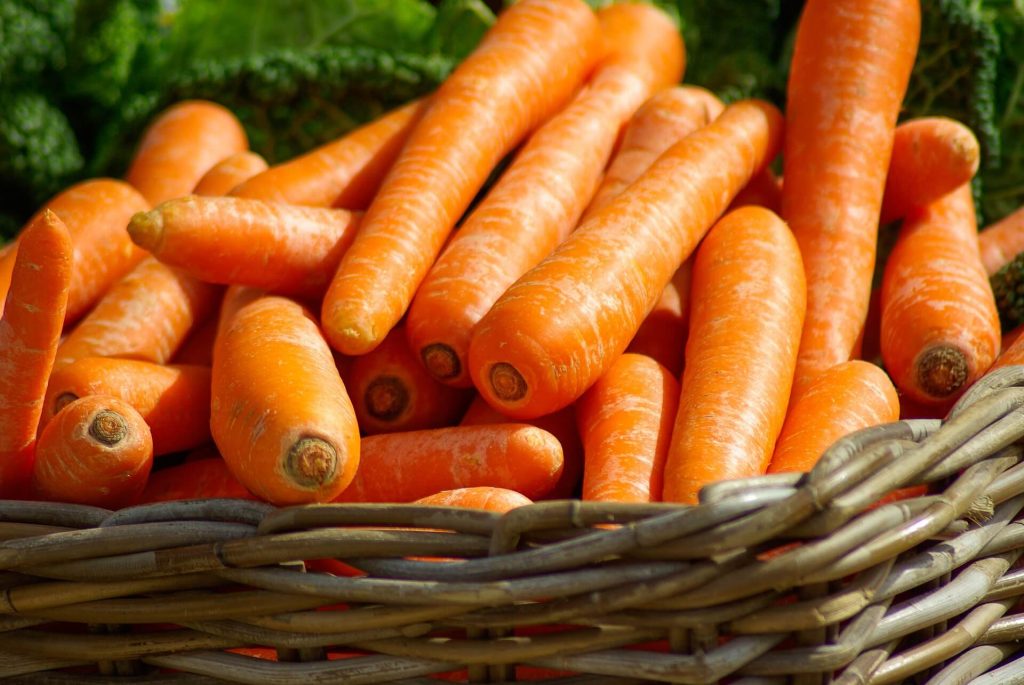
4. Parsley and Cilantro
Parsley and cilantro also require the same nutrients as celery which may cause stunted growth of celery.
Celery Growing Tips
Celery requires a long time to mature. They require about 130-140 days to mature. Here are a few tips for the good growth of a celery plant.
- Celery requires a soil pH of 5.8-6.0. You can measure the soil pH using testing kits before planting the celery plant.
- Celery seed germination should be started indoors from late winter to mid-spring. Seed germination takes about 20-30 days. You can use this seed germination kit to stimulate your seed to grow faster.
- It is best to delay planting the seedling outside until the soil temperature reaches 50 degrees Fahrenheit.
- Transfer the seedling to the garden when there are about 4-5 leaves.
- Make sure celery plants get 6 hours of full sunlight every day.
- Celery plants require a lot of water. Ensure that the soil is always moist. The stalk will be tough, stunted, and bitter if they do not get enough water.
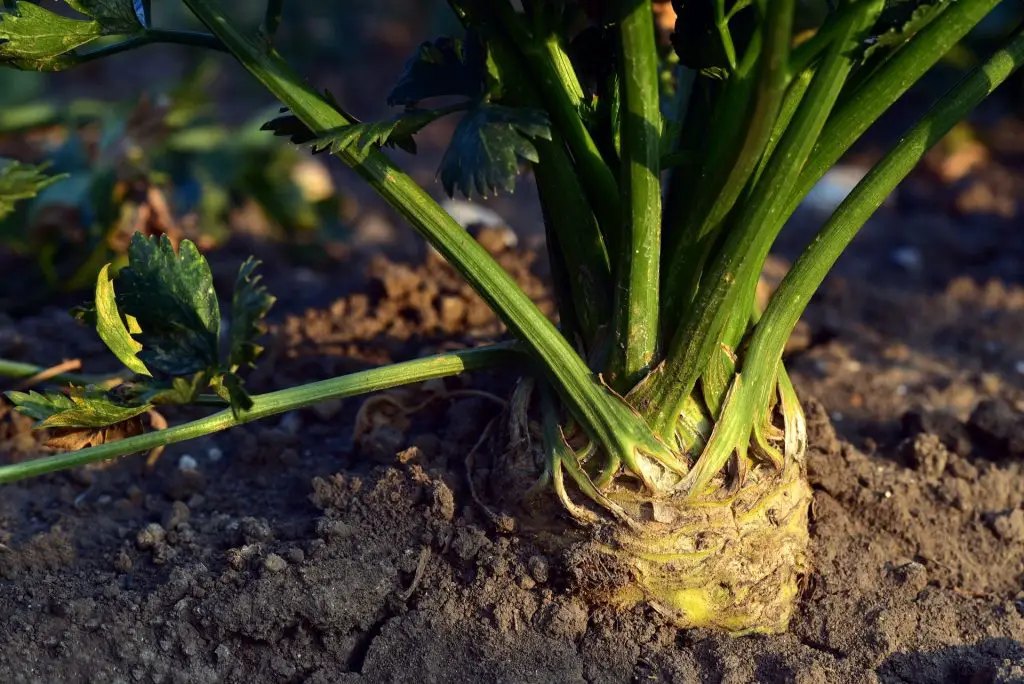
How Far Apart Should Celery Be Planted?
Celery plants need a lot of space to grow. Start by maintaining 10-12 inches between the celery. Increase the distance to 12 inches after a few weeks to allow the celery plant to grow better.
How To Stop Celery From Getting Tough
The possible reason your celery is tough and bitter could be due to over-maturation or the plant did not receive enough nutrients.
- Make sure that your soil composition is right and that you are providing proper nutrients to your plant. It is suggested to fertilize your celery plant once every 3 to 4 weeks.
- You can go for 12-10-5 fertilizer. The first number indicates nitrogen, second number phosphorus and third number indicates potassium. The best way to select the suitable fertilizer is to get the soil tested.The soil test result will determine the fertilizer grade to be used.
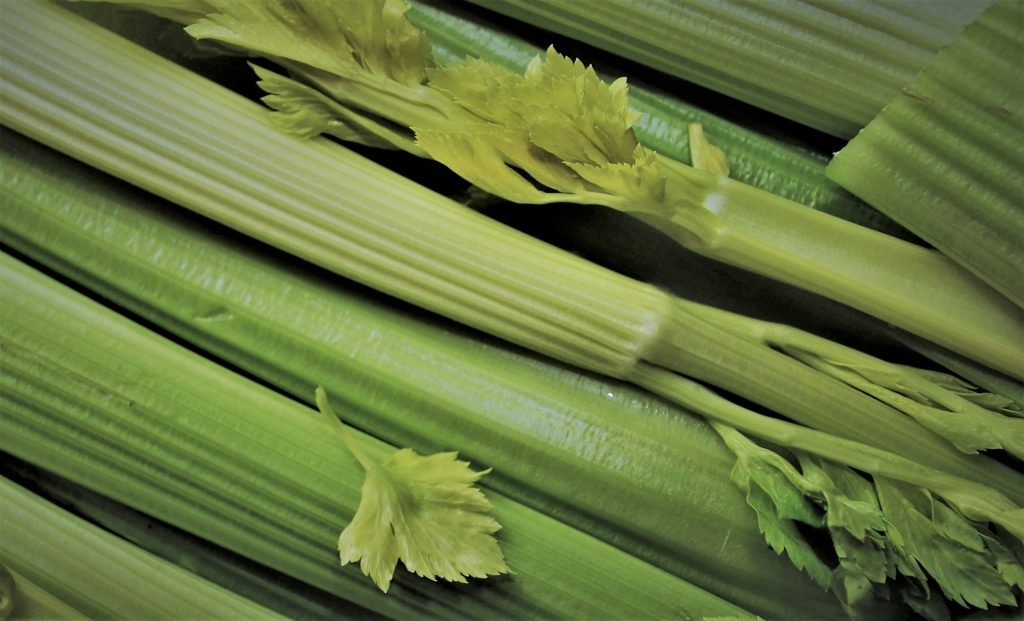
- Too much sunlight especially when the stalk is about to reach maturity can turn the stalk tough and bitter. You should maintain the temperature at 50 degrees Fahrenheit. You can use a black shade cloth during the hot weather as it blocks 30%-50% of sunlight.
- Celery also needs enough moisture. You can use a soil moisture meter to make sure you don’t overwater or underwater the plant.
- Make sure to harvest your celery plant at the right time. Over-maturation can cause bitter and tough celery. Your celery plant is ready for harvest when the stalk is about 6 inches long from the base to the first leaf.
- Make sure to blanch your celery crop two weeks before harvesting to prevent it from getting tough and bitter. Tie the top of your celery plant together. Cover the celery stalk using newspaper or used milk cartons so that they do not receive any sunlight.

What To Plant After Celery?
Crop rotation is widely used by farmers who have limited space. It is also useful to reduce the amount of pesticide usage.
However, when it comes to crop rotation care must be taken to choose the appropriate plant as some plants require a lot of nutrients and may drain the soil nutrient.
When choosing a plant to plant after celery care must be taken to not choose a plant from the same family as it may cause pests and disease issues. What to plant after celery?
- Legumes are a good choice to plant after celery as they release nutrients into the soil and they do not share the same pest issues as celery.
- Onions also can be planted after celery as they do not require many nutrients from the soil. They also repel destructive insects.
Related Posts
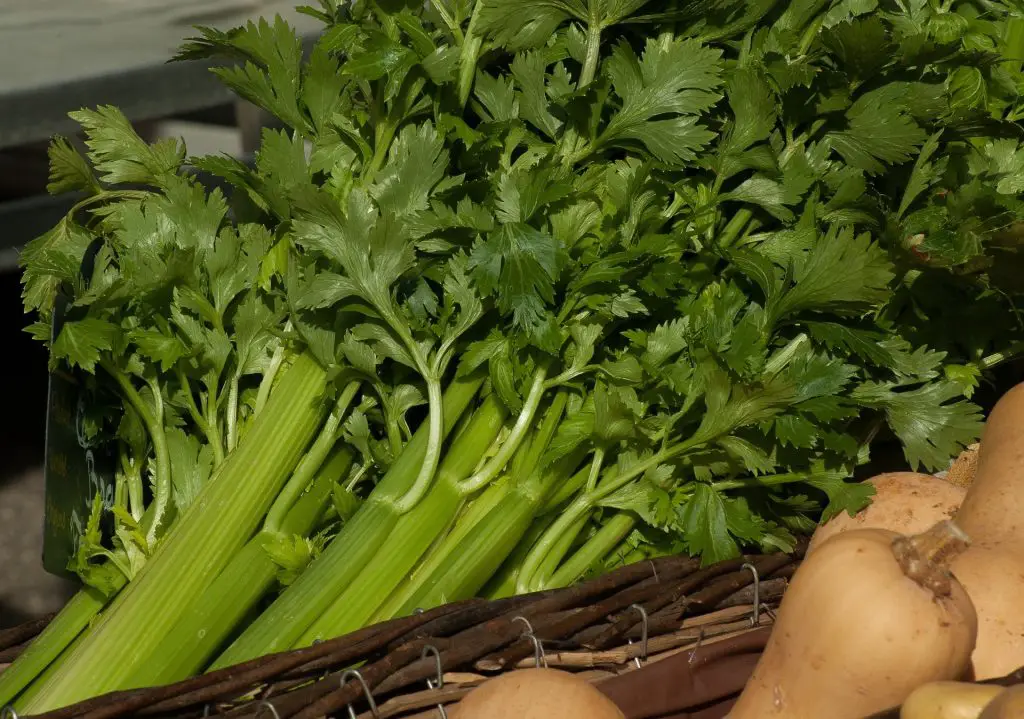
FAQs On Best Companion Plants For Celery
Does Celery Need Full Sun?
So, does celery need full sun? Yes, celery needs full sunlight for about 6 to 8 hours a day. Make sure to select a planting site that receives full sunlight. However, partial sunlight is also acceptable.
Keep in mind that the amount of water and nutrients provided also plays an equal amount of importance for good celery yield.
What Is The Best Fertilizer For Celery?
What is the best fertilizer for celery? The best fertilizer for celery is one with a high amount of potassium. NPK fertilizer which stands for nitrogen: phosphorus: and potassium is highly available in the market. Choose the appropriate fertilizer that your plant needs.
The soil where the celery plant is going to be planted should ideally be fertilized beforehand using the fertilizer.
Once the celery is planted, it will require more nitrogen. In the fourth and eighth week after the transplant, you should apply ¼ cup of 21-0-0 nitrogen for every 10-foot row at their sides.
Can I Plant Celery And Lettuce Together?
Can I plant celery and lettuce together? No, you cannot plant celery and lettuce together. Lettuce should be avoided as a companion plant to celery as it can disrupt the celery roots during harvesting. There are other types of brassica family plants that are more suitable compared to lettuce.
Will Celery Regrow After Harvest?
Will celery regrow after harvest? Celery can be regrown after harvesting for 2 years, however, make sure not to harvest the whole plant. When harvesting celery, make sure to cut the stalk and leaves needed and leave the remaining stalk in the soil.
Celery plants are easy to grow in your garden if proper nutrients are provided. Make sure to take your time and research different kinds of growing methods for celery plants.
Companion planting celery protects your plant as well as increases your celery yield. Use the tips given here to decide on the most suitable companion plant for your celery.
You can start off in a small space of your garden by pairing the companion plant suggested and see the difference it makes to your celery plant.
You never know if you don’t try it out!
Related Posts







![13 Companion Plants For Bok Choy-Best & Worst![2023]](https://aboveandbeyondgardening.com/wp-content/uploads/2022/10/Companion-Plant-For-Bok-Choy-8-768x511.jpg)
![How To Harvest Romaine Lettuce [2023 Update]](https://aboveandbeyondgardening.com/wp-content/uploads/2021/10/How-To-Harvest-Romaine-Lettuce-768x511.jpg)
![13 Companion Plants For Turnips: Best and Worst! [2023]](https://aboveandbeyondgardening.com/wp-content/uploads/2022/10/companion-plants-for-turnips-11-768x512.jpeg)
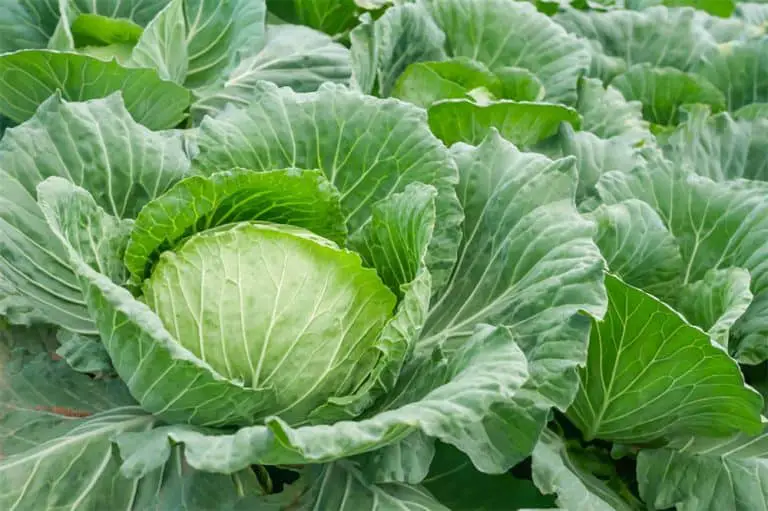
![Aquaponic Tomatoes: How To Grow, Common Issues + Best Varieties [2022]](https://aboveandbeyondgardening.com/wp-content/uploads/2022/08/aquaponic-tomatoes-768x512.jpg)
